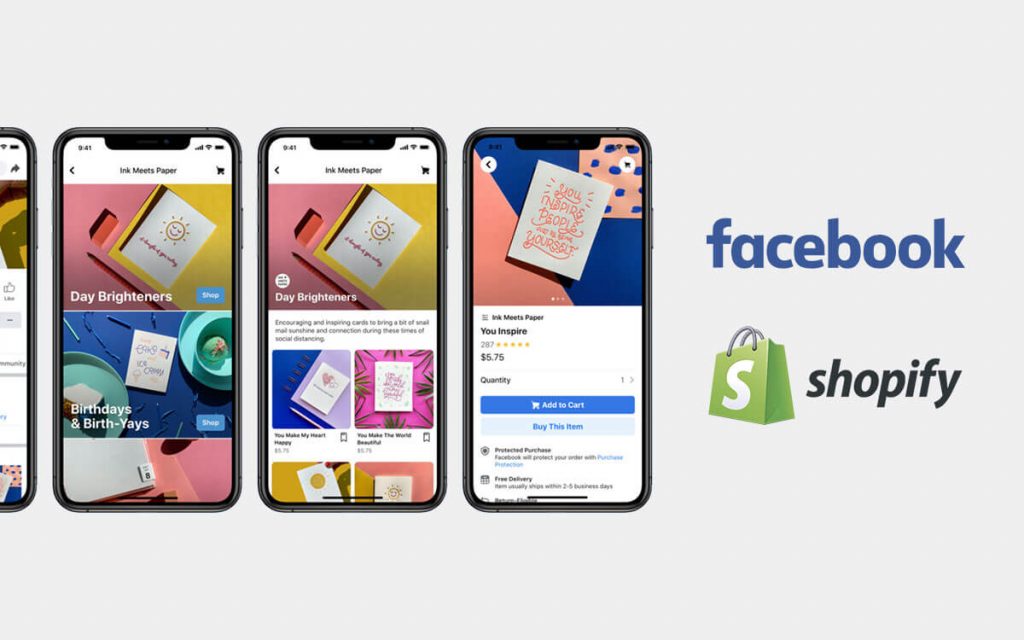
What is social commerce?
In a nutshell, social commerce is the use of social media to facilitate ecommerce transactions. But wait, we’ve been doing that for years, haven’t we?
What is the difference between social commerce and ecommerce?
Traditionally, ecommerce takes place on your website, using a platform such as Shopify to facilitate the sale of goods.
Though social media advertising has been used for quite a while now to find potential buyers, the process has essentially been to attract those buyers to your website where they can make a purchase.
This tactic has seen significant growth in recent years, with the percentage of North American retailers using social media for e-commerce doubling within a year’s time.
Social commerce, which is seen as a subset of e-commerce, enables customers to purchase directly within the social media platform.
As an example, a customer who clicks on an ad for your product on Instagram no longer needs to leave the app to purchase from your website, they can literally checkout on Instagram.
What is social selling then?
Given the similarity of many of these terms, it’s easy to get your wires crossed.
Where social commerce is all about selling products directly from a social media app, social selling is the process of using social media to sell a product through activities such as content sharing, answering questions, replying to comments, and generally engaging with your target buyer.
A common example is the outbound sales rep who ”came across your profile on LinkedIn, and thought they’d reach out.”

Why social commerce?
The biggest benefit to adopting a social commerce strategy is that it simplifies the buying process.
Your customer no longer has to leave the social commerce website they were on, and they can checkout easily and seamlessly, and then carry on scrolling.
This advantage is one which is particularly favorable among younger shoppers. 48% of internet users between the ages of 18 and 34 have purchased through social media in the past.
Not only has social commerce seen noteworthy growth from consumers, but brands are readily adopting the model as well. There’s been a 24% increase in adoption of shoppable Facebook pages and a huge 43% increase in adoption of shoppable Instagram pages.
Unsurprisingly, the major adopters are department stores, retail, and beauty brands.